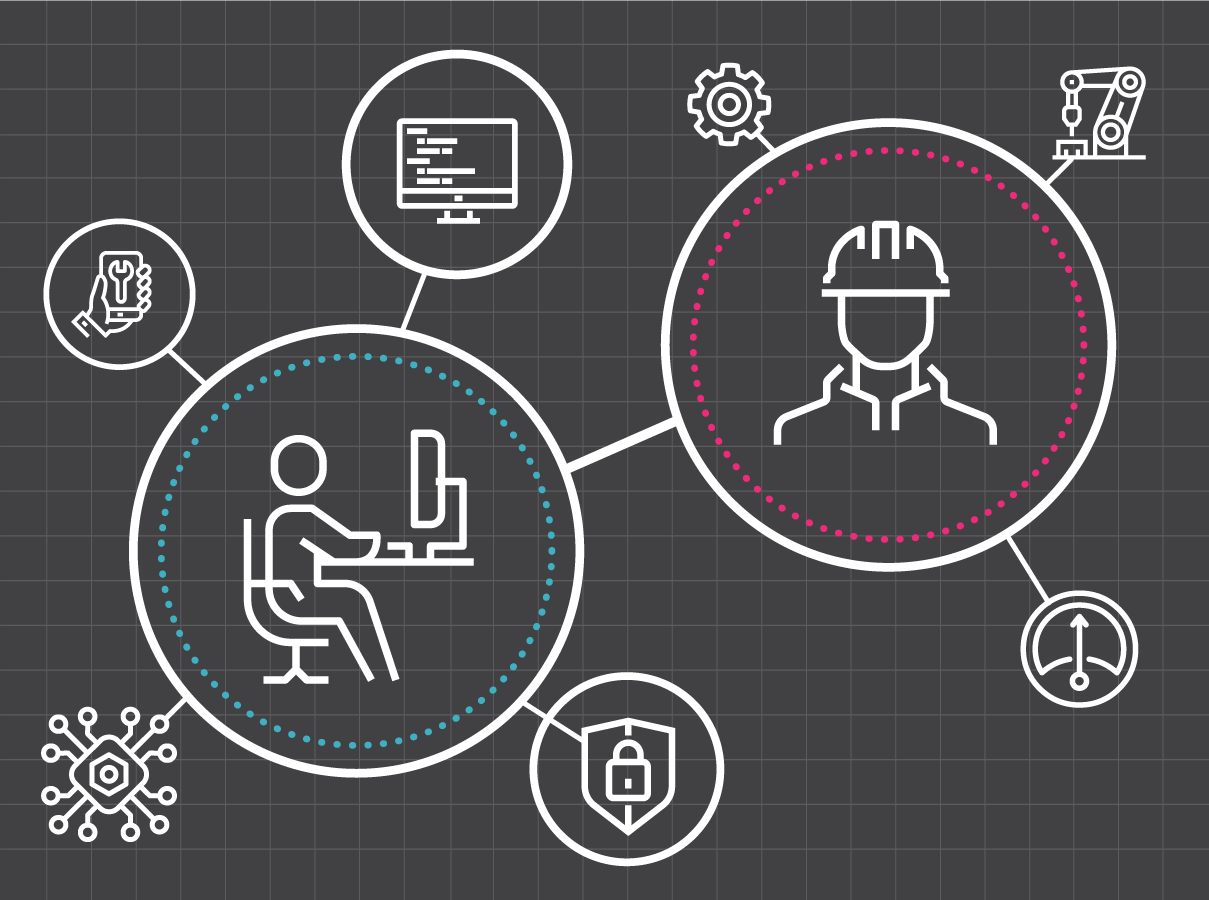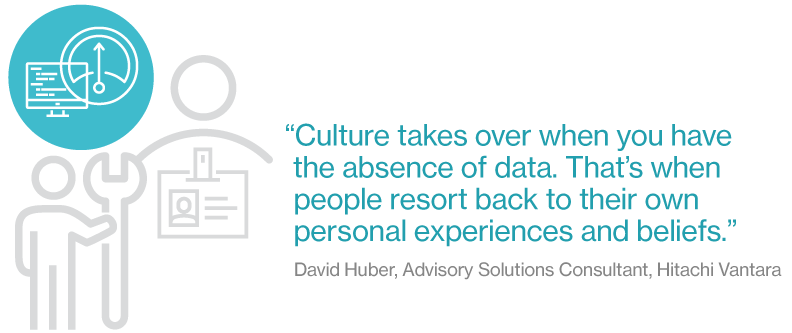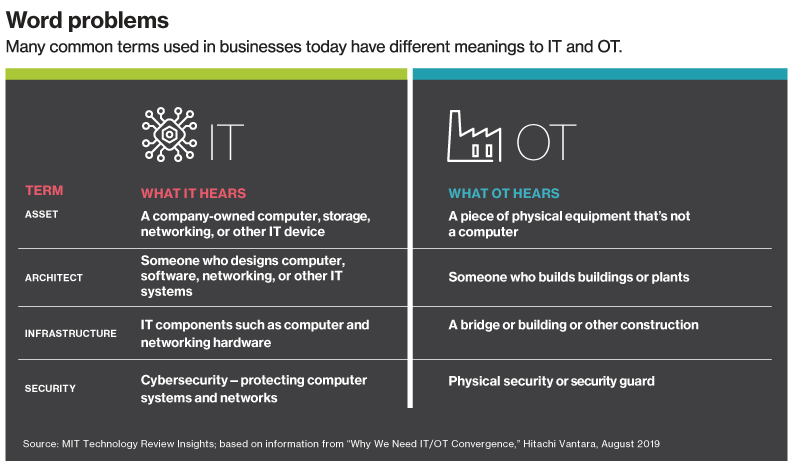Reihaneh Irani-Famili knows a little about the fault line running through just about every business today: the IT/OT divide. Now vice president of emergency planning and business resiliency at gas and electricity company National Grid, Irani-Famili was in previous jobs a translator of sorts between information technology, which manages data and applications, and operational technology, which manages manufacturing and industrial equipment.

“People in operations see a ton of opportunity,” says Irani-Famili, who has worked in the energy sector for the better part of a decade. For problems they encounter every day, OT dreams up potential fixes. For example, if there’s a power outage, relevant supervisors could automatically get notifications wherever they are. Or staff availability data could flow through company systems so supervisors and managers can more easily assign projects or shifts.
“And then they go and talk to IT, and IT’s response might be ‘Not possible. This could be breaking every security protocol,’” Irani-Famili says. Operations sees solutions to problems. IT sees cybersecurity, integration, and support risk. “But from the operations perspective, what they see is IT red tape, IT is not collaborating, or IT is not playing the game.”
It’s easy to describe IT and OT as different departments with different objectives and starkly different cultures. They are often managed independently in organizations and treated as isolated groups that cater to specific problems and employ their own protocols. But that results in inefficient, costly setups that fail to foster innovation and standardization.
As global economies gain steam after near collapse amid the 2020 coronavirus pandemic, the pressure is on to boost productivity, innovation, and agility. Companies need to increase the speed of business by digitizing processes and using the internet of things and artificial intelligence (AI) to extract actionable insight from large data sets.
To undergo such digital transformation in industries that rely heavily on physical assets—manufacturing, oil and gas, transportation, energy, and utilities—organizations must integrate IT and OT into one seamless organization that connects systems on both sides.

“IT/OT convergence is an inevitability,” says Fay Cranmer, senior managing director in Accenture’s natural resources practice and former chief information officer at mining company Rio Tinto. “It’s the only way to have a full digital transformation, especially in the heavy industry space.”
But there are significant challenges to overcome. Many industrial environments are characterized by legacy equipment, time-honored, manual processes, and resistance to change—from both sections of the business, OT and IT. Often the attitude is, OT alone knows how to generate the products and services that produce revenue for the company.
Conversely, IT folks often think only they know how to help modernize OT departments, by enabling the systems that allow the benefits of AI, the internet of things, and other digital technologies. True collaboration is a must, but the complexity of new technology and infrastructure merging with legacy machines prompts questions concerning investment, leadership, and governance.

Bala Arunachalam, an executive in oil and gas for more than 30 years, says specific industry characteristics are a big factor. “This industry is a legacy industry. For them to move onto the technology space, to capitalize on the opportunity that is in front of them, is a struggle.”
As physical assets, whether in the factory or out in the field, become digitized through internet-of-things technology; as applications, data storage, and data processing move to the cloud; and as employees stick to their home offices more than a year into the pandemic, any perceived boundaries between OT and rest of the business are crumbling. “The challenge is that we need to bring data together across all those boundaries,” says Cranmer. The biggest hurdles, she says, are organizational and cultural. “The technological side is much more easily overcome than the human side.”
The good news is there are guidelines that organizations can follow to achieve the IT/OT integration that’s so critical for successful digital transformation initiatives.
Download the full report.
